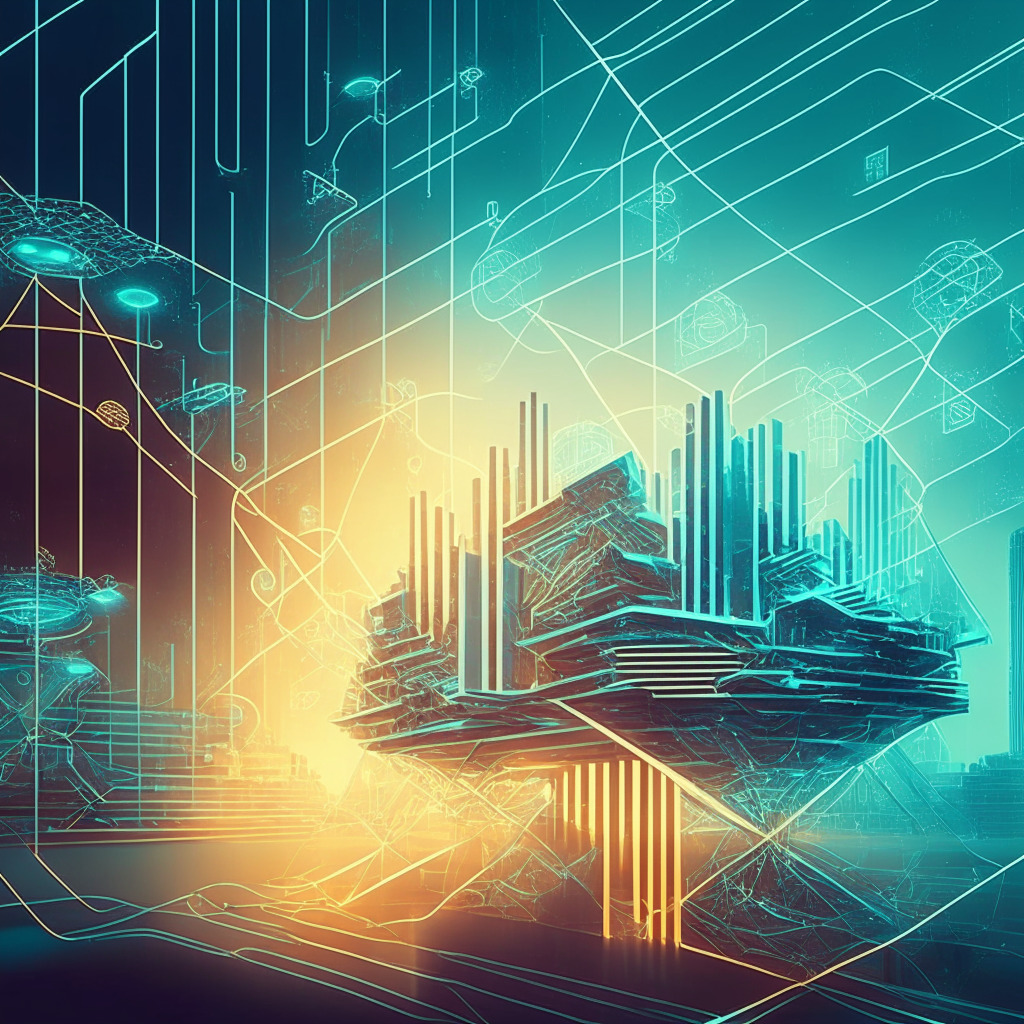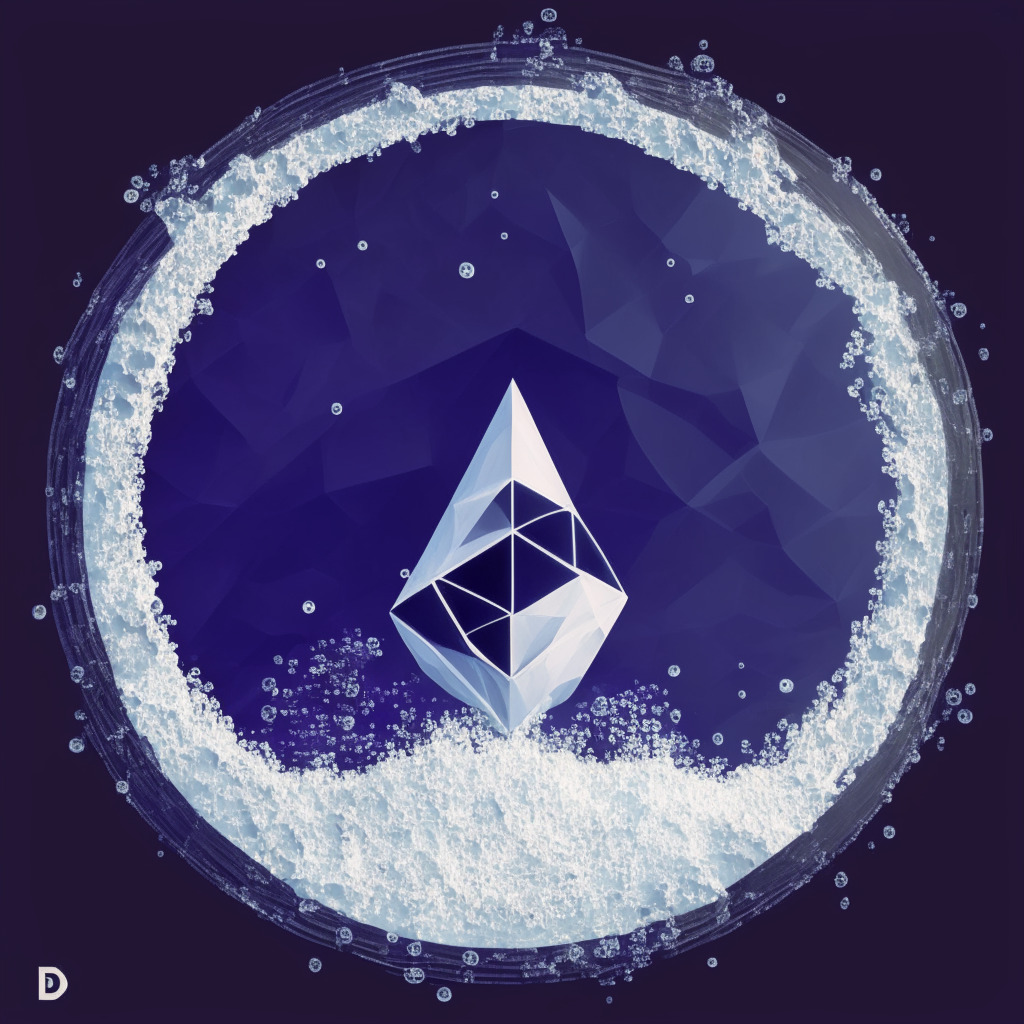In the ever-evolving world of gaming, we’ve seen a surge of new technologies promising to revolutionize the industry. Among them, the integration of blockchain and NFTs has become a hot topic among both developers and players. But is this integration without its flaws? Today, we analyze in-game assets becoming NFTs and the potential challenges that come with being an ‘on-chain purist’ in gaming.
Recently, InfiniGods co-founders Owen O’Donoghue and Damon Gura shared their insights on game balancing and the challenges surrounding in-game assets transitioning to NFTs in an interview with Decrypt’s Kate Irwin. These two industry leaders present a thought-provoking and somewhat skeptical take on this new integration.
From the perspective of game balancing, O’Donoghue and Gura argue that the introduction of blockchain technology and NFTs, while innovative, can pose significant hurdles. One potential issue is the trade-offs between decentralization and player experience. By focusing solely on blockchain integration, developers may struggle to maintain an engaging and highly enjoyable game.
Another concern is the potential for an erratic in-game economy when players start trading and selling NFTs representing in-game assets. This could lead to a power imbalance, with a small fraction of players accumulating exclusive items, rich rewards, and increased clout. Such dominance could adversely affect the overall game experience for the majority of players.
On the flip side, there are potential advantages to embracing blockchain technology in gaming. NFTs can offer players unique, scarce, and valuable digital items, fostering a more immersive and personal experience. Furthermore, blockchain-based games can facilitate secure ownership, transparent transaction history, and verifiable rarity, which can collectively enhance trust among players and developers.
Another potential benefit is that in-game assets can now be traded and sold, offering the possibility to monetize their gaming experience. As emphasized by Elon Musk, the digital art market has already exhibited the lucrative potential of NFTs. By adopting similar principles in gaming, new business opportunities and revenue streams may arise for developers and players alike.
In conclusion, it’s imperative to recognize both the opportunities and challenges presented by the integration of blockchain and NFTs in gaming. While the potential for unique and scarce in-game assets is exciting, the focus on being an ‘on-chain purist’ might deter developers from creating well-balanced and enjoyable games. Striving for a perfect balance between incorporating blockchain technology and ensuring an engaging gaming experience will be crucial moving forward.
As the gaming industry continues to explore adaptable solutions to these challenges, we must remain open to innovation while staying cautiously optimistic. The key to success lies in finding the right equilibrium between the pros and cons of embracing blockchain technology, and only then can we unlock the true potential of this revolutionizing technology in gaming.
Source: Decrypt




